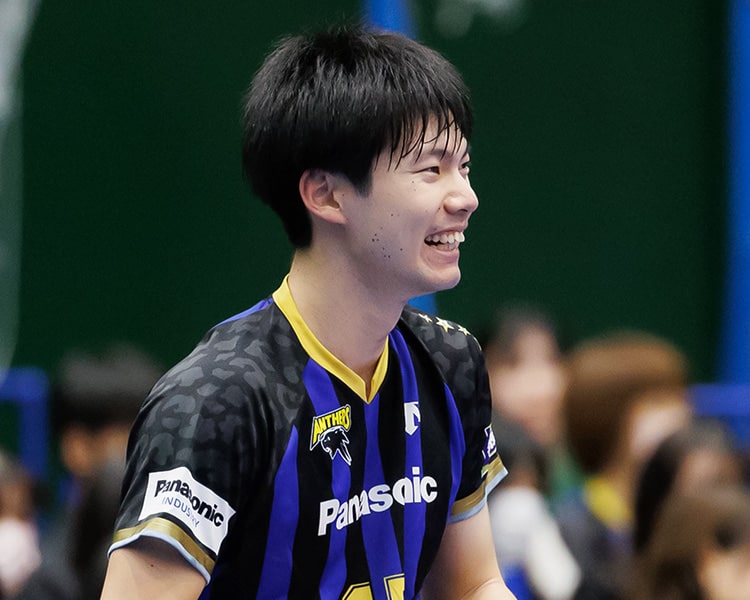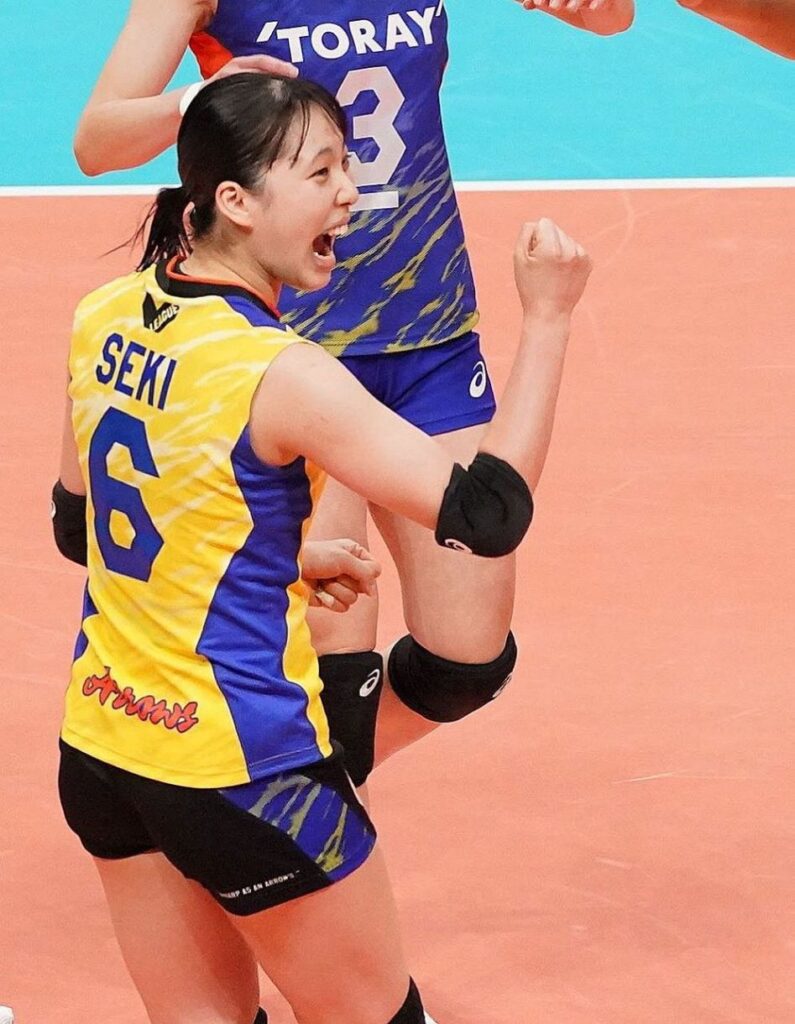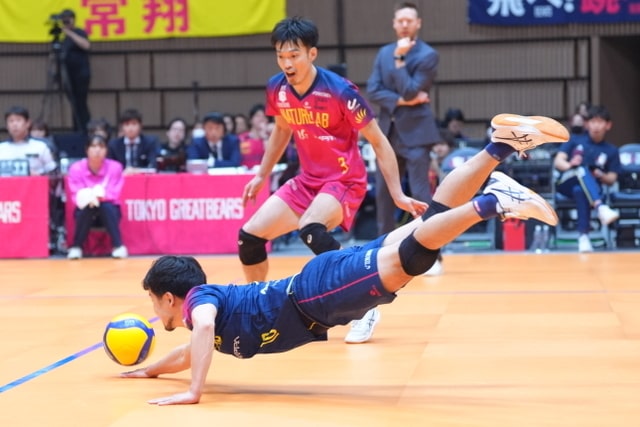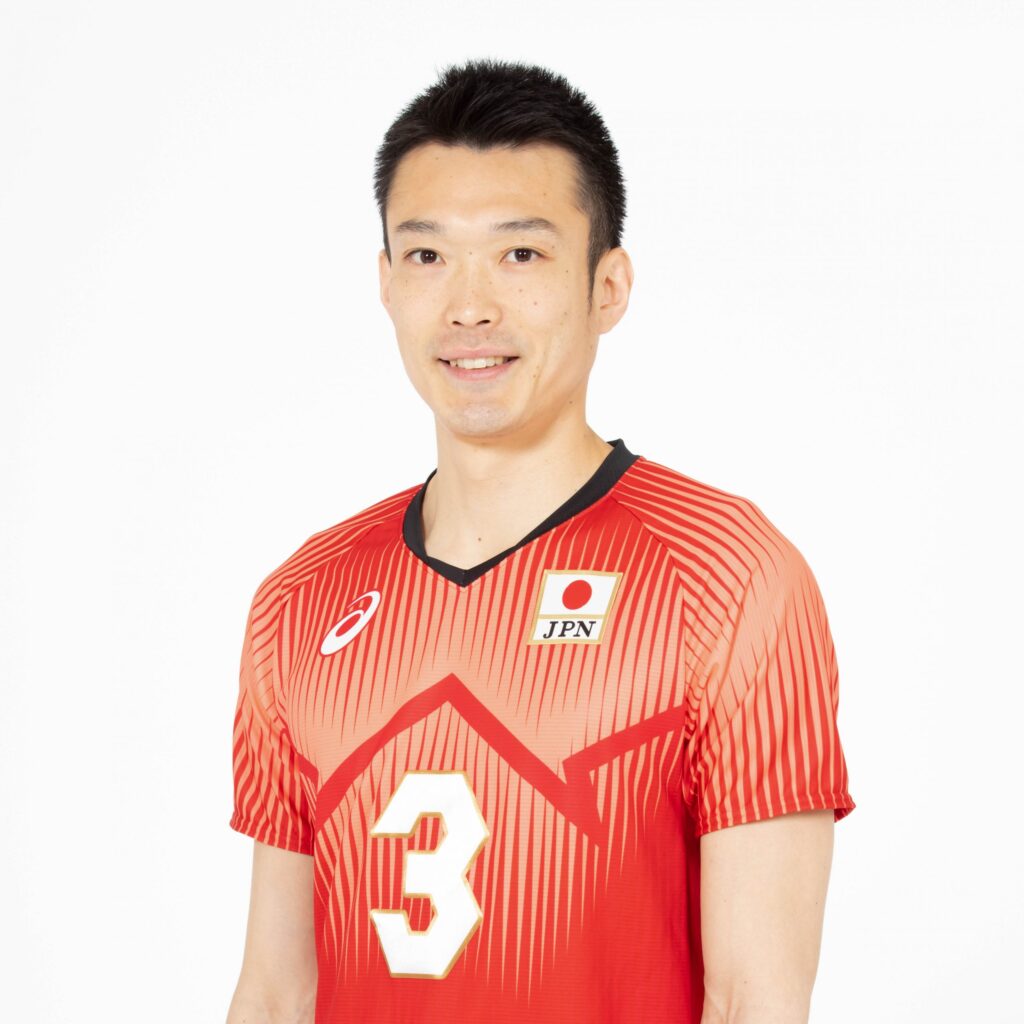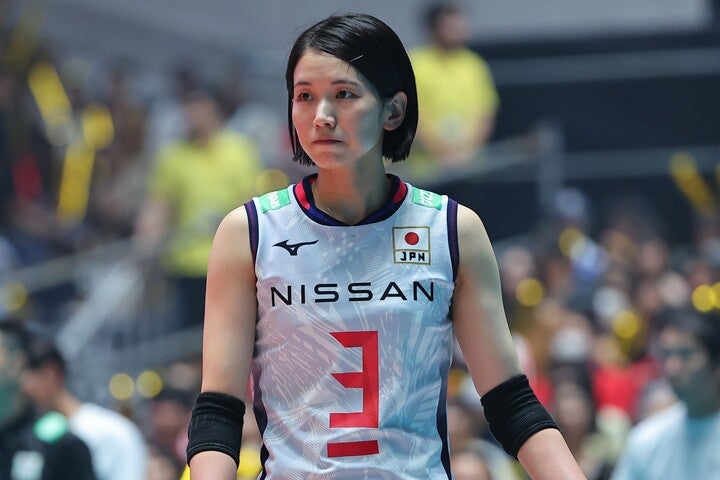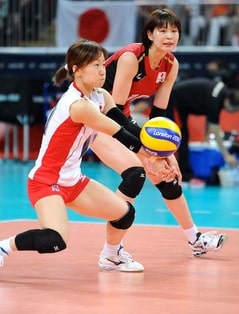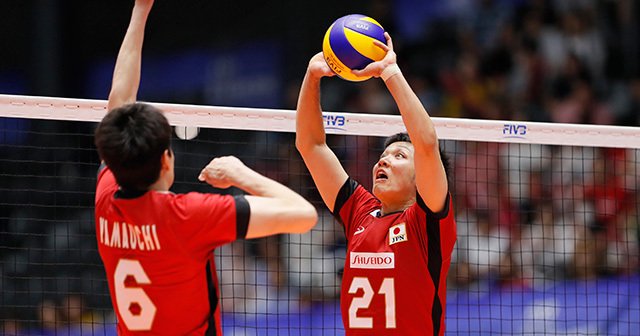
The overhand pass in volleyball is one of the important techniques often used in matches.
Mastering the accurate overhand pass is essential for smoothly connecting your team’s attacks.
In particular, the setter who tosses the ball must accurately deliver the ball to the attacker, which is easy to hit over the ball.
It is essential for setters to improve their overhand toss (overhand pass) technique!
For those who want to become better at volleyball
This time, we will introduce tips for overhand passes in volleyball.
目次
Volleyball overhand pass tips
1. Adopt a correct posture
- Stand with your feet shoulder-width apart and your knees slightly bent. This stable posture is the basis for passing accuracy and power.
- Put your weight slightly on your front foot and turn your body in the direction the ball is coming from. This makes it easier to catch the ball from the front.
2. Hand position and shape
- Place your hands together in front of your face, forming a triangle with your thumb and index finger. You can see the ball through this “triangular window”.
- Spread your remaining fingers out to support the ball, and imagine pushing the ball out with the pads of your fingers rather than your palms.
3. How to receive and send the ball
- At the moment of contact with the ball, keep your arms straight and your elbows flexible without being too rigid.
- When making a pass, don’t just use your arms; use your whole body by reaching up from your knees. This makes it easier to apply force.
- It is important to be aware of the direction and height of the ball so that it reaches the desired location accurately.
4. Improvement through practice
- Overhand passes can be greatly improved with practice. It is important to practice repeatedly, such as hitting the wall or exchanging toss with a partner.
- Observe how your passes are flying and adjust your hand shape and force as needed.
5. Communication and positioning
- Be sure to communicate with your teammates and clearly communicate where to send the pass.
- Moving into position ready to receive the pass is also essential for an effective overhand pass.
Developing your overhand passing skills is very important to improving your volleyball play.
By sticking to the basics and practicing repeatedly, you too will be able to aim for high-level performance.
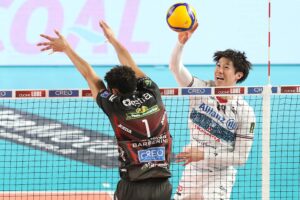
Advice for those who are not good at overhand passes…
For those who are not good at overhand passes,
I think we should consider the option of raising the ball with an underhand pass only during games.
*Setters should go overboard, but those who are not good at overhand passes should be removed from the setter position in the first place.
Do not use techniques that are useless during practice in the actual performance.
Of course, it is important to actively practice overhand passes during practice and overcome your weaknesses.
Until you can overcome it, remember to avoid passing the ball when it’s over and always return the ball when it’s under.
Some people may think that for people who play sports, it means running away.
This is not an escape, and even if this is an escape, winning the match should be the first priority.
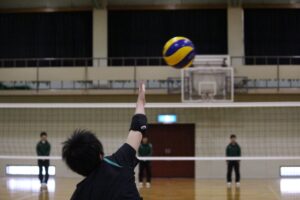
How to practice overhand passes
If you leave things as they are, you will never get better at them.
The overhand pass in volleyball is an essential skill to smooth the flow of the game
In order to hone this skill, it is important to know effective practice methods and continue working on them.
Next, I will show you how to practice the overhand pass in volleyball.
1. Practice hitting against the wall
- Purpose: Acquire a basic sense of passing.
- How to do it: Stand facing a wall, throw an overhand pass to the wall, then pass the ball again as it bounces back. By changing the distance and force, you will develop a sense of how to respond to various passes.
2. Toss exchange with partner
- Purpose: Improve accuracy and control.
- How to do it: Face your partner and exchange the ball with each other using overhand passes. By gradually increasing the distance, you will learn to control the amount of force and direction.
3. Target practice
- Purpose: Increase the accuracy of passing to the target location.
- Method: Set up a target (cone, mat, etc.) on the court and aim for it with an overhand pass. Improve your accuracy in actual combat by practicing aiming at targets from various positions.
4. Moving pass practice
- Purpose: Improve passing stability while moving.
- How to do it: With a partner, one person moves randomly while holding the ball, and the other person follows the movement and returns the ball with an overhand pass. This practice creates a situation that closely resembles the movement during a game, and is useful for actual play.
5. Pass and move practice
- Purpose: Improve positioning and movement after passing.
- How to do it: After making a pass, immediately move to another position and receive the pass again. This exercise will focus not only on passing accuracy, but also on the importance of post-pass movement and positioning.
6. Game-style practice
- Purpose: Aim to apply skills in a form similar to actual combat.
- Method: Practice in a real game format and actively use overhand passes. This exercise can improve your performance under stress and fatigue.
7. Video analysis
- Objective: Improve your passing form.
- How to do it: Record a video of your practice or match and watch it later to check your form.
There are many ways to improve your volleyball passing technique.
The most important thing is to always be conscious of “getting better”
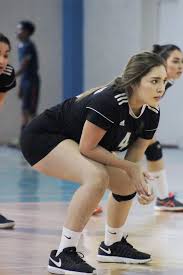
Independent practice of overhand passes
A well-known method for practicing the overhand pass on your own is the “direct toss”.
To perform a direct pass, all you have to do is raise the ball directly above the ball.
Continuously raise it with a pop-pom-pom…
You can independently practice direct passes, both underhand and overhand passes.
When practicing with a direct pass, do you have proper posture and hand shape? The trick to improving efficiently is to check your form.
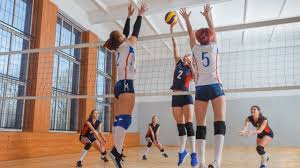
Finally, the importance of the overhand pass
The overhand pass in volleyball is a very important technique for controlling the flow of the game and creating attacking opportunities.
The importance of this can be explained in detail as follows:
1. Laying the foundation for the attack
The overhand pass is used when receiving a serve or digging (defense) to set up the first step of an attack.
Accurate passes to the setter create effective attacking opportunities.
2. Smooth the flow of play
During a match, the ball is constantly in motion and players need to react and react quickly.
Accurate overhand passes help your team maintain flow and maintain pressure on your opponent.
3. Increase diversity in team tactics
Teams with high overhand passing skills can deploy more complex and effective tactics.
Accurate passing allows the setter to choose from a variety of attacking options and puts the opponent’s defense at the mercy of the setter.
4. Strengthen defense
Overhand passes are also important defensively.
Precise overhand passes are necessary to block powerful attacks and lead to advantageous counterattacks.
5. Increase team confidence and cohesion
Consecutive successful passes increase team morale and deepen trust between players.
This is a huge advantage for the team mentally, especially in close games.
6. Increase your chances of earning points
Teams that are good at overhand passes will be able to create more attacking opportunities and, as a result, will be more likely to score points.
On the other hand, a missed pass can give the opponent an easy scoring opportunity.
7. Game controls
Through overhand passes, you can control the tempo and rhythm of the game.
This technique is essential for the team to play at the speed they want.
The overhand pass is one of the basics of volleyball, and honing this technique is directly linked to not only individual performance but also the success of the entire team.
Therefore, learning and improving this skill should always be a priority for players of all levels
I hope you get better at it!
Click here for volleyball glossary
